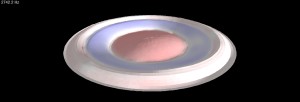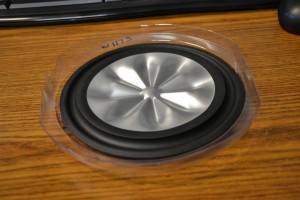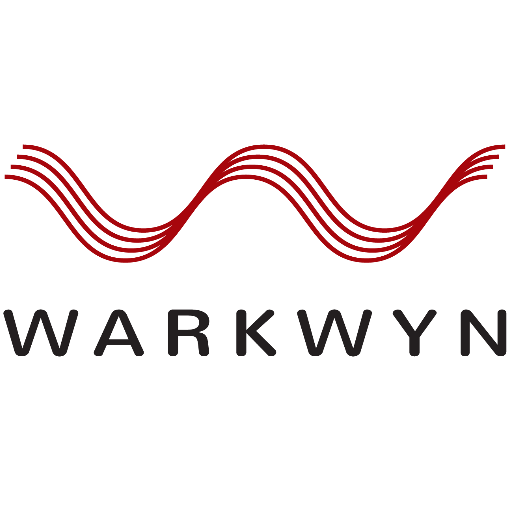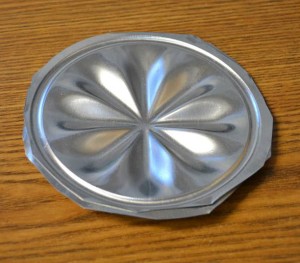
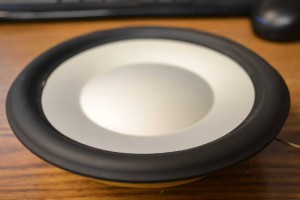
The founder and engineer of a high-end speaker brand passed away while in the midst of developing a new 6.5″ flat aluminum woofer diaphragm called a “star” cone. The star cone was his innovation to reduce the intense ringing associated with traditional aluminum cone drivers. He worked mainly by himself and left behind very little in the way of design documentation. The company president asked Warwkyn to help finish the diaphragm design. We were told that the founder’s intent was to make the diaphragm as flat as possible so that the sound waves were propagated from a single plane.
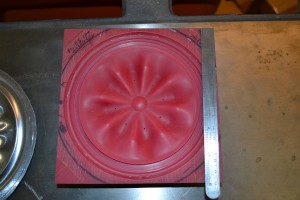
We only had the prototype diaphragms and the files from the founder’s computer to work with. We analyzed the files and determined the diaphragm shape was generated from spreadsheets whose values (x,y,z) were then converted into G-code ( tool paths ) to run CNC milling machines to make molds. These molds were then used to shape aluminum sheets with a hydraulic press. We made our own version of the spreadsheet to emulate the technique, but instead of using G-code, we used Solidworks to convert the spreadsheet values to a 3D model. The 3D model could then be used to program any CNC milling machine. The first few prototype molds were made with this technique.
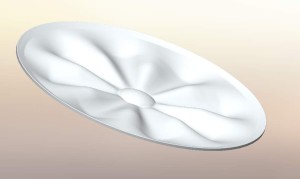
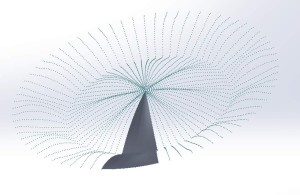
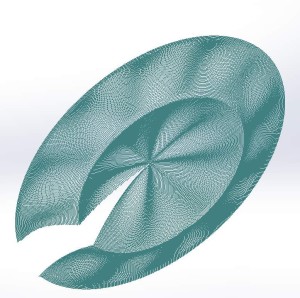
The plan was for the client to use the 3D model and their CNC milling machine to cut molds to form diaphragms, and ship them to Warkwyn for analysis. This proved to be very time consuming, and would actually shut down production while the mold was being produced. To save time, we machined the molds locally. Using precision sheet metal rollers, we adjusted the thickness of aluminum sheet stock to determine the ideal diaphragm thickness. We mounted the prototype diaphragms on an earlier production woofer and analyzed the performance. After a few iterations of this process, it became clear that the spreadsheet technique was too time-consuming and a new method had to be devised in order to save time and our client’s money. We refined the technique so that the diaphragm shape could be parametrically adjusted in its 3d model form, bypassing the spreadsheet. This made it much easier and more time efficient for the client to visualize the shape.
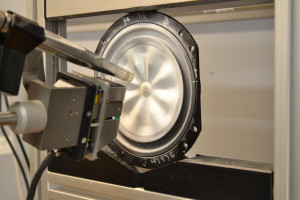
Using the Klippel Laser Scanning Vibrometer to analyze the diaphragm’s behavior throughout the audio range, more refinements were made to the diaphragm shape to increase the performance. The end result was the diaphragm illustrated here, which was well received by the client and the marketplace.

